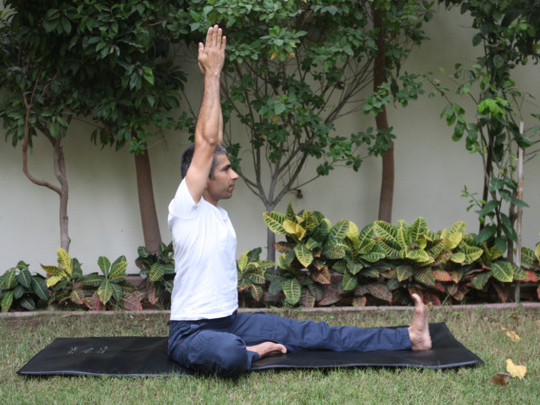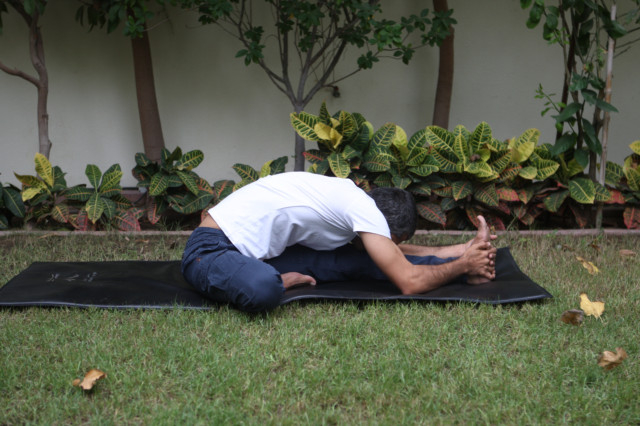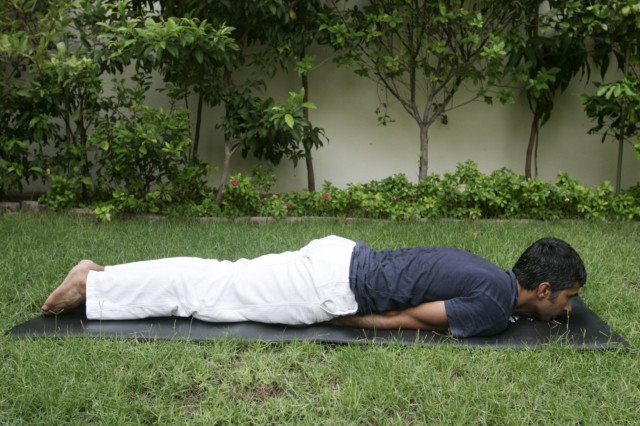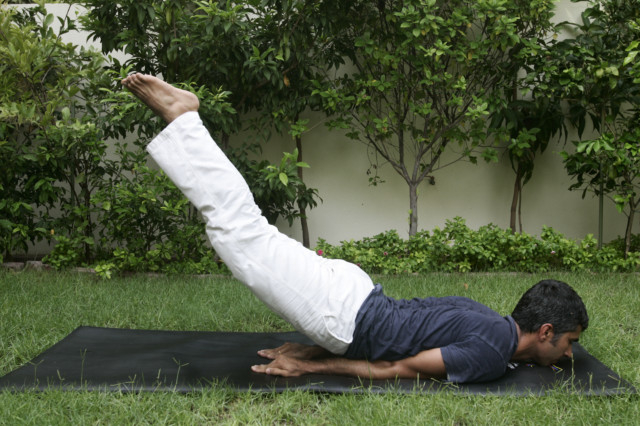
Among the seven main chakras in our body, Muladhara Chakra (Root Chakra) is the first one to be formed and is located at the tailbone. As the name suggests, mula means the root or the source of energy. So, the Muladhara Chakra is the place from where our most basic energy arises. This energy teaches us survival and helps us feel secure in the mind.
We have often heard about “gut feeling” but do we actually know what does it mean? Where does it arise from? And, how does it help in our day to day lives?
In yoga, it is believed if a person’s gut is strong then his or her fight or flight response is also powerful and it aids in surviving the most difficult situations in life.
Humans are blessed with a sixth sense or instinct but due to the lack of awareness and less use of this quality, our instinct slowly becomes dormant and locks itself in Muladhara Chakra.
When a person’s Muladhara Chakra gets blocked or becomes weak, he or she constantly feels that no one cares about them and they have no one to bank on. People also tend to get lazy and stay distracted.
But yoga postures can help us unlock this chakra and change our attitude towards life. In the next part of the series on Muladhara Chakra, we will
learn about the diseases that get be caused due to the blockage in the Muladhara Chakra and their remedies through yoga.
JANUSIRSHANA (HEAD TO KNEE POSE)
This posture is very effective in awakening Muladhara Chakra.
Procedure:
1 Sit with your legs stretched out keeping your feet together.
2 Fold your right leg, placing the foot against the left thigh and keeping the right knee on the ground.
3 Exhaling slowly bend towards the left foot and hold the foot firmly with your hands.
4 Try to touch your forehead to the knee.
5 Hold the posture for 10-30 seconds and repeat the same for the other side.
Benefits:
1 Helps to stretch and relax the sciatica nerve.
2 Helps in relaxing the back and leg muscles by loosening them.
3 Helpful in stretching the hamstring and making the hip flexible.
4 It stimulates blood circulation to the nerves and the muscles of the spine.
Caution:
People suffering from slip disc and hernia should not practise this posture.
SHALABHASAN (THE LOCUST POSE)
Procedure:
1 Lie down on your stomach keeping your chin on the ground. Make a fist out of your palms and place them underneath your thighs propping them gently.
2 Stiffen your whole body and raise your lower body off the ground till you feel a pressure in the abdomen and lower back region.
3 Keep your thighs, legs and toes together.
4 Hold the posture from 10-30 seconds and repeat it at least twice.
Benefits:
1 This posture is good for people suffering from depression.
2 This posture bends the spine backwards and increases the intra-abdominal pressure thus strengthening the spine.
3 It strengthens the lower half of the abdomen, back, thighs and legs.
4 It relieves constipation, tones the abdominal viscera — liver, pancreas, kidneys, etc — and removes several diseases of the stomach and bowels.
5 It cures sluggishness of liver and hunchback.
Caution:
This exercise should not be practiced with advanced arthritis of the hips or with pain in the lumbar spine. People with high blood pressure, glaucoma or a weak heart should avoid retaining the breath or holding the posture.














